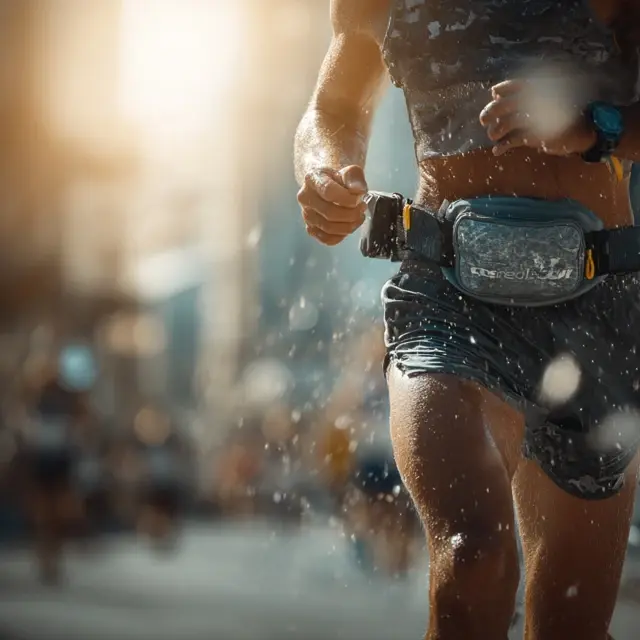Running Belt Choices That Marathoners Recommend
When preparing for 26.2 miles, marathoners know that gear makes a difference. A trusted running belt keeps essentials secure and accessible while eliminating distractions. Over countless races and training cycles, certain belts have earned the recommendation of experienced runners for their reliability and performance.
Why Marathoner Recommendations Matter
Marathoners put their gear through real-world tests—long training runs, weather extremes, and high-pressure races. Their recommendations highlight belts that:
- Stay secure: Bounce-free fits that remain steady mile after mile.
- Provide comfort: Breathable materials and ergonomic designs that prevent irritation.
- Deliver durability: Belts that last through training cycles and multiple races.
- Offer practicality: Storage layouts that work in real race conditions.
Running Belt Choices Marathoners Recommend
The Tried-and-True Compression Belt
Recommended for its snug fit and minimal profile, this belt keeps items close to the body and virtually eliminates bounce, making it a top pick among seasoned marathoners.
The Multi-Pocket Favorite
Runners recommend this style for its organization, with compartments for gels, phones, and valuables. It’s especially popular for those who like their gear neatly separated.
The Hybrid Hydration Belt
For courses with limited aid stations, marathoners suggest hybrid belts that combine storage compartments with soft flask holders, ensuring hydration is always within reach.
What Marathoners Value in Their Belts
Reliability Under Pressure
Belt designs that don’t shift or loosen during the toughest miles consistently earn high praise from runners.
Quick Access
Marathoners recommend belts with smart pocket placements, allowing gels or snacks to be grabbed quickly without interrupting stride.
Endurance Comfort
Belts with wide waistbands and soft materials reduce chafing, which becomes critical across hours of continuous running.
Tips from Marathoners on Using Running Belts
- Always test your belt on long training runs before race day.
- Pack only the essentials to minimize bulk and weight.
- Distribute items evenly to maintain balance and rhythm.
- Secure valuables in zippered compartments for added peace of mind.
Common Mistakes New Runners Make
New marathoners sometimes rely on untested belts during races, leading to bounce, discomfort, or lost items. Recommendations from experienced runners help avoid these pitfalls by focusing on belts that have already proven themselves on the course.
Final Thoughts
The running belt choices marathoners recommend have one thing in common: they make long-distance running simpler and more efficient. By choosing belts endorsed by seasoned runners, you can enter your race confident that your gear won’t let you down.
Looking for additional options? Explore our marathon runner approved belts guide for detailed comparisons and reviews.




